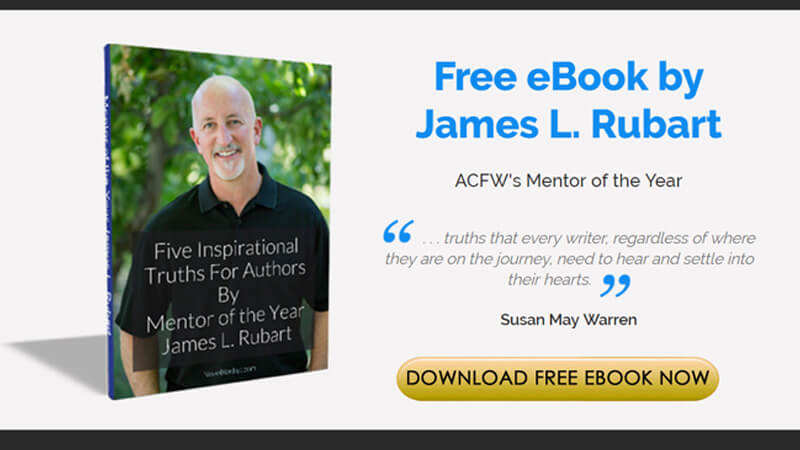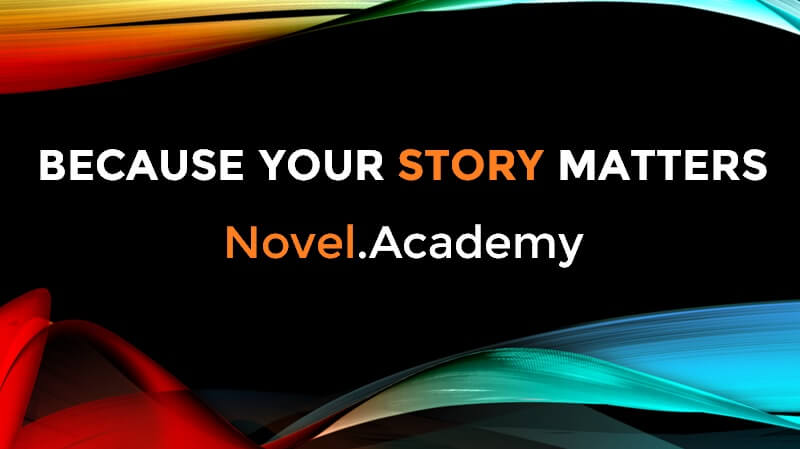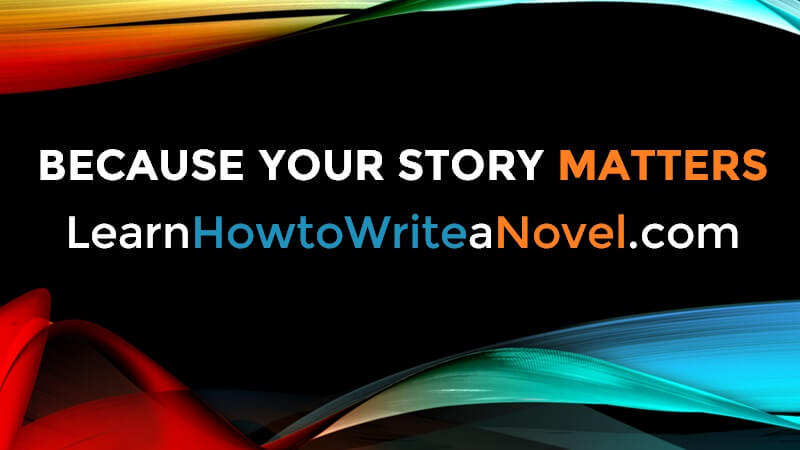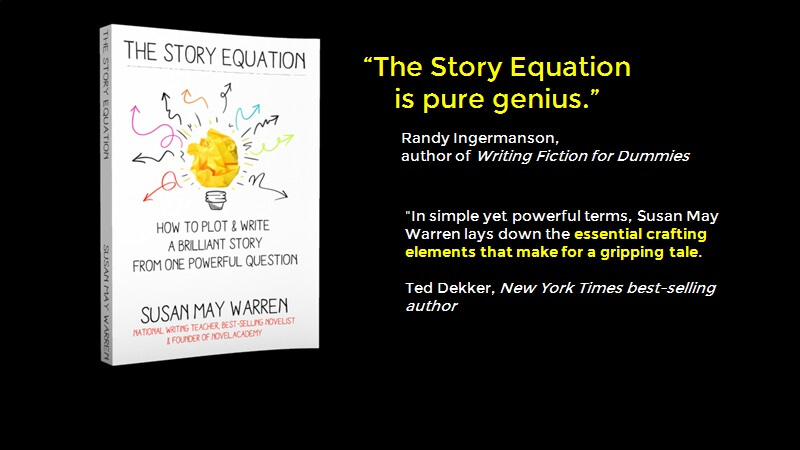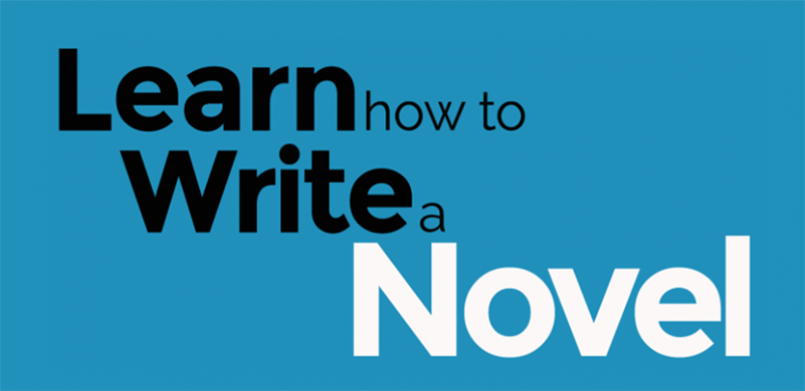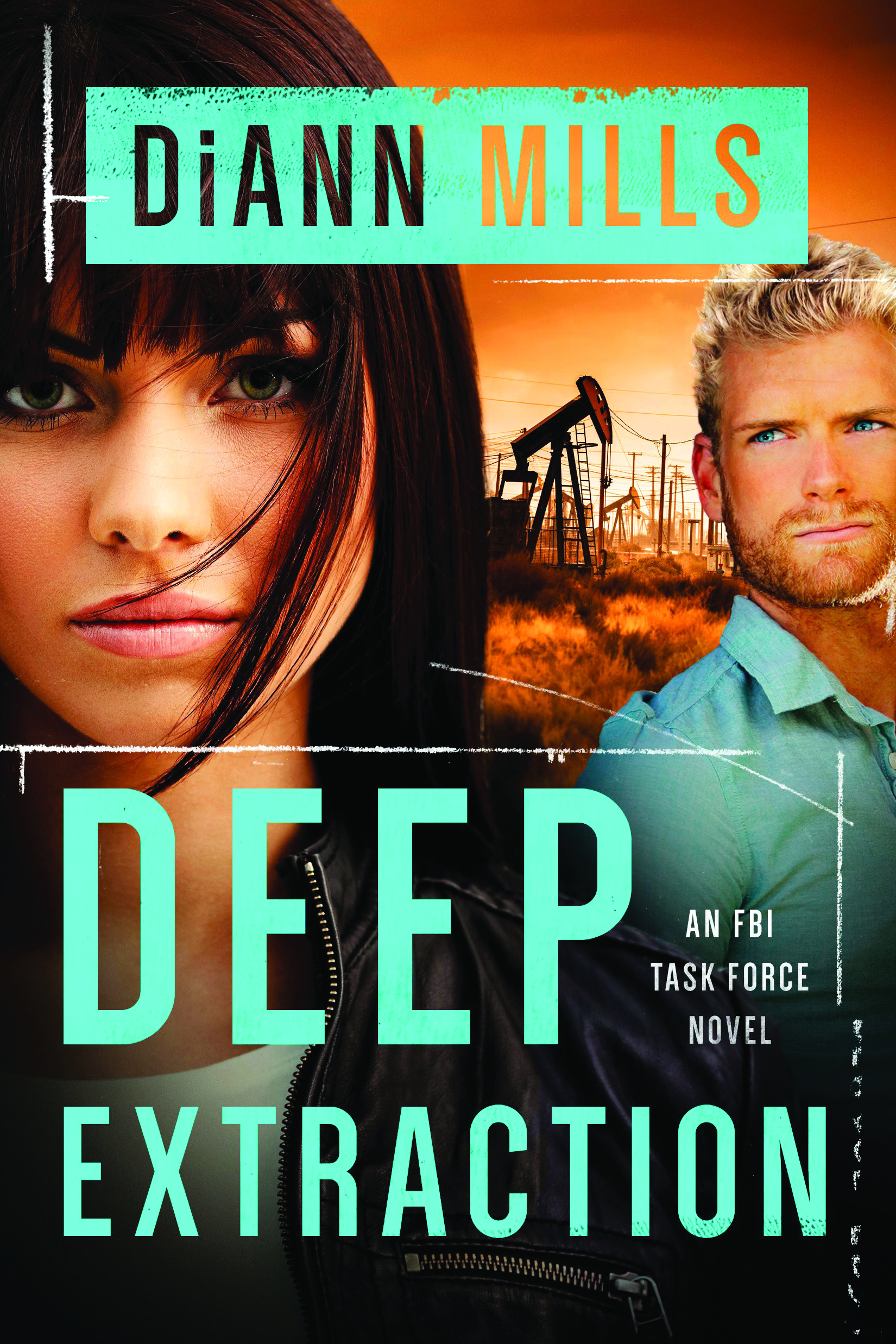3 Keys to Successful Self-Promotion
By Andrea Boeshaar
Although I’ve been a published author for twenty years, promotion is not my strong point and never has been. Therefore, I work extremely hard at it. In my earlier career I wrote for a mass-market romance line. The publisher promoted its line, not the authors and generally, the books did well. Then I published in the general Christian market (trade paperback). I didn’t do much in the way of promotion and felt horrified when my sales numbers were considerably less than my previous books. So when my latest series was purchased, I knew I had to hop on that proverbial band wagon and let all the world know I had a new book releasing.
But how to do that – promote?
It’s the million dollar question. Literally! Certainly writers can hire publicists and leave the dirty work to them. That option is the most effective way to publicize, but it’s not always the most affordable. For the majority of authors, it’s boots-on-the-ground publicizing and that means digging in our heels. I’m a hard-worker so no problem there, but I’m also a simple person. I need the basics before my creative juices start to flow. So, after brain-storming with several trusted friends and reading oodles of articles on promotion, I’ve boiled the whole process down to three basic keys to promotion.
- Web Promo
- Get yourself a website. I’m always amazed when I hear about published authors who don’t have websites. In today’s techno-world, a website is crucial.
- Establish yourself on social networking sites like Facebook and LinkedIn. Get your name out there!
- Invest in a Facebook Ad. This is a reasonably-priced option, as you’re charged per click and you can decide how much to spend and how long to run your ad.
- Create a blog – and keep up with your posts. There’s nothing worse than clicking onto an author’s blog and that seeing his or her latest post is from six months ago. (Which reminds me…)
- Peruse online radio programs, like those on Blog Talk Radio http://www.blogtalkradio.com/. Hosts are always looking for interesting guests (like authors!).
- Write an e-newsletter. If you choose not to blog, a monthly or seasonal newsletter might be an option to keep in touch with readers. Even if you’re not currently contracted, it’s important to remind readers that you have novels available for purchase. I’ve learned that readers aren’t always current on our current projects. One sweet lady stopped me in church a few weeks ago and said a friend just gave her my book Wisconsin Weddings (the 3-in-1 story collection was released in 2007).
- Hardcopy promo
- Write a press release, announcing your new book and fax, mail (or email) it to local magazines and newspapers. Local media enjoys write-ups about hometown talent.
- Magazine and Newspaper Ads. These are sometimes costly, but check your local newspapers.
- Send out postcards. I like to use VistaPrint.com. The printing is fast and affordable. What’s more, it’s user-friendly. Even I managed to upload all four book covers in my series. Then I mailed them to bookstores and readers across the country.
- Personal Appearances
- Contact book clubs and writers’ groups. Schedule times when you can speak to these organizations in your area to encourage books sales.
- Contact the producers of local morning shows. Again, the hometown talent thing goes a long way.
- Book signings. Contact bookstores and let them know you’re available to sign copies of your novel. Sometimes bookstore owners will ask you to do a short talk about yourself and how you began your writing career.
- Attend writers’ conferences. This is an important piece, as there’s nothing like face-to-face contact with other writers. Remember, writers are readers too – and they do things like write book reviews.
So there you have ‘em – three basic keys to promotion. They are as simple as building blocks. However, these keys are vital to opening the way to top-dollar book sales!
* *
ANDREA BOESHAAR has been married for nearly 40 years. She and her husband have 3 wonderful sons, 1 beautiful daughter-in-law, and 5 precious grandchildren. Andrea’s publishing career began in 1994. Since then, 31 of her books have gone to press. Additionally, Andrea cofounded ACFW (American Christian Fiction Writers) and served on its Advisory Board for a number of years. In 2007, Andrea earned her certification in Christian Life Coaching and now owns and operates Steeple View Coaching and The Writer’s ER (divisions of Pink Ink, Inc.). For more information, log onto her website: www.andreaboeshaar.com
LIKE her Facebook: www.facebook.com/Andrea.Boeshaar
Follow her on Twitter: @AndreaBoeshaar.




